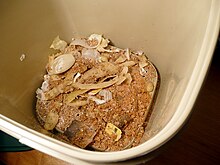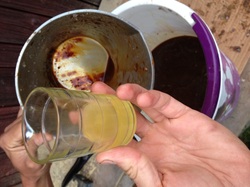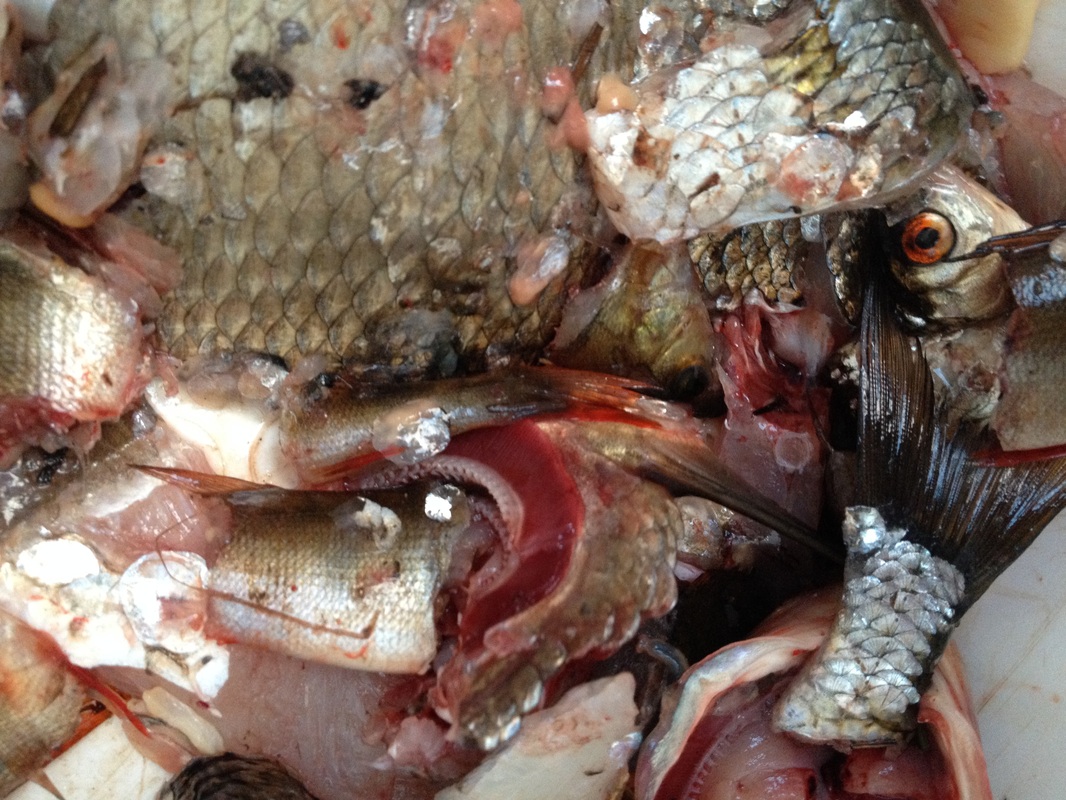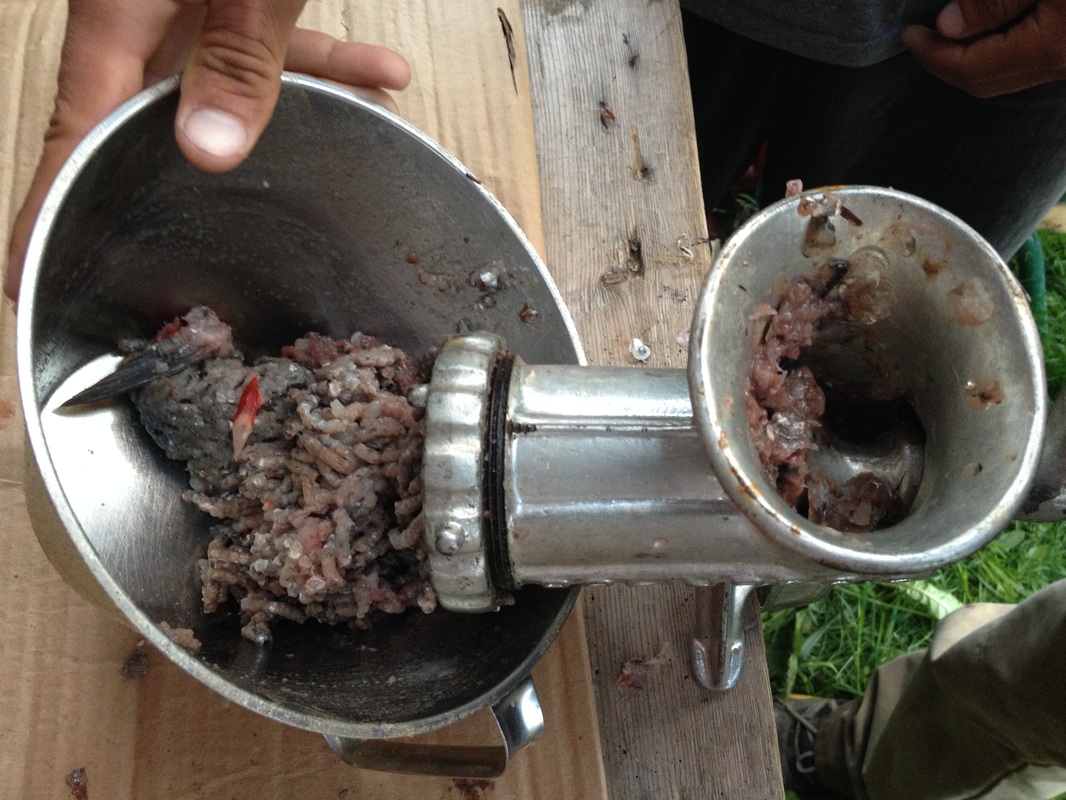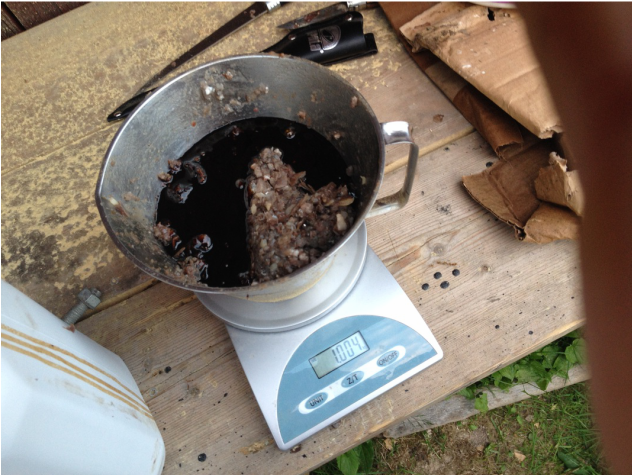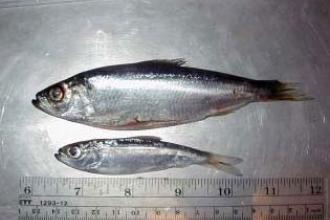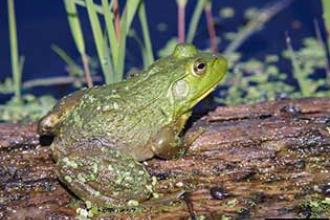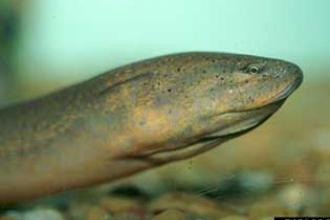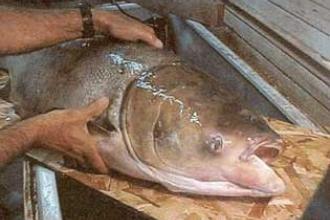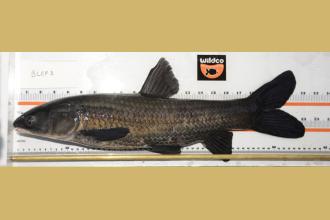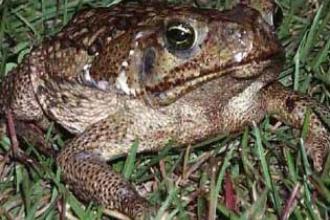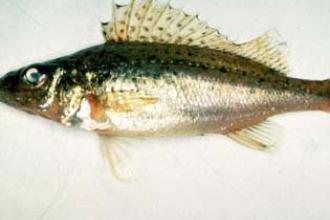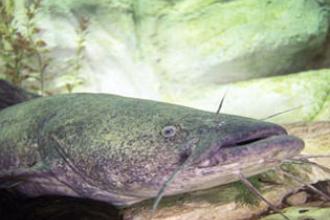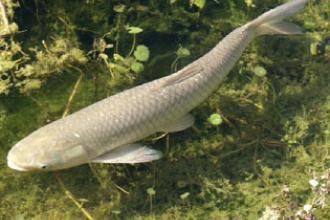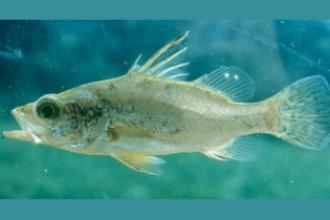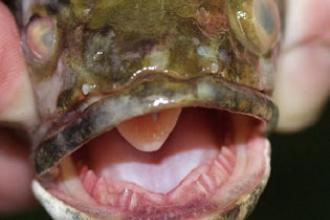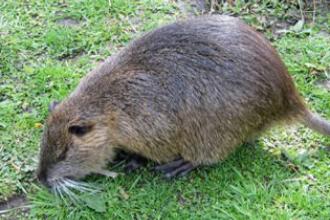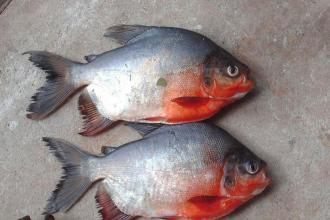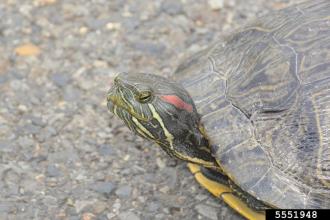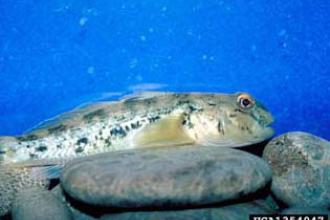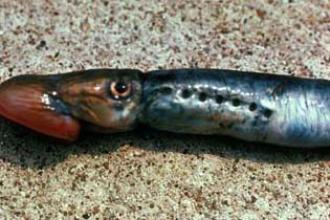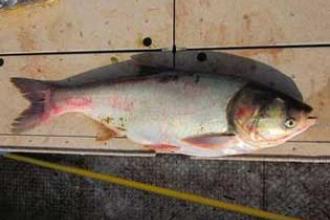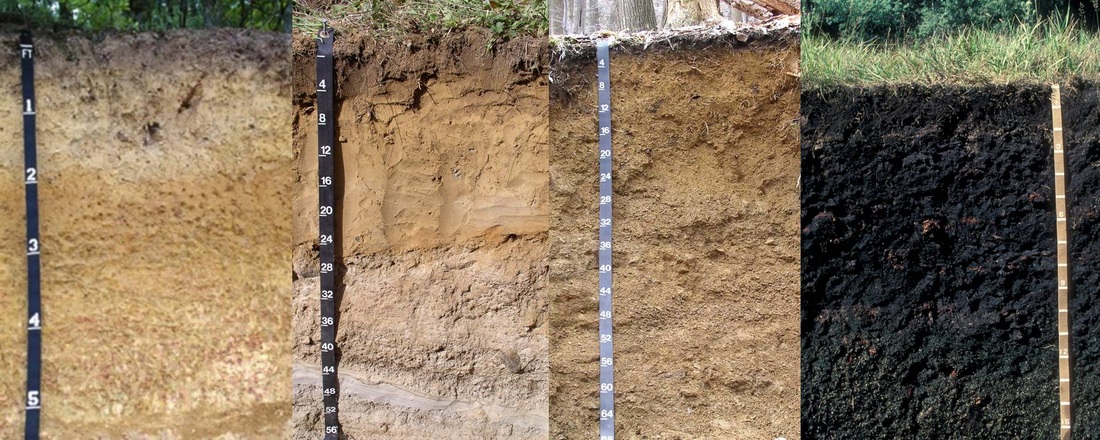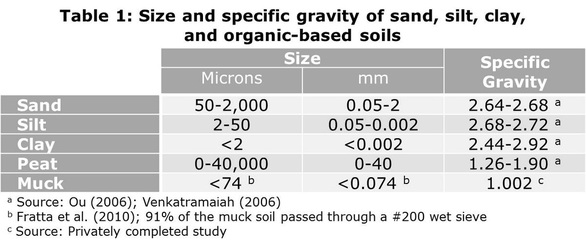Found this at the pathology thread, and I thought it would be useful here.
Thanks for all the great information Acespicoli! Your contributions make ICMAG even more valuable because people are able to have all this information available in one place.
 www.ncbi.nlm.nih.gov
www.ncbi.nlm.nih.gov
Thanks for all the great information Acespicoli! Your contributions make ICMAG even more valuable because people are able to have all this information available in one place.

Cannabis Microbiome and the Role of Endophytes in Modulating the Production of Secondary Metabolites: An Overview - PMC
Plants, including cannabis (Cannabis sativa subsp. sativa), host distinct beneficial microbial communities on and inside their tissues and organs, including seeds. They contribute to plant growth, facilitating mineral nutrient uptake, inducing ...

 that means alot!
that means alot!




